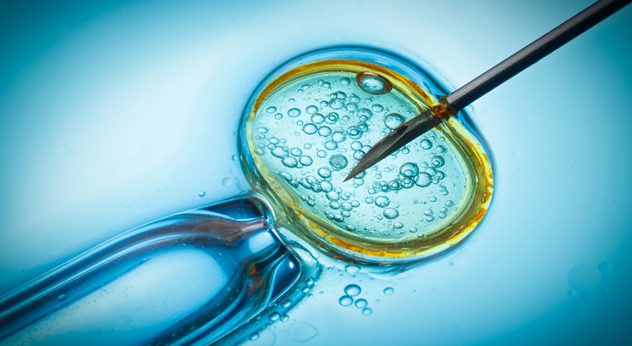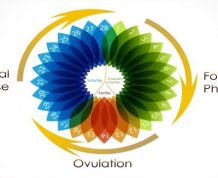If you are considering In Vitro Fertilization, you already know what a big decision it is. Not only is IVF a huge financial investment, but it is also a huge emotional, not to mention physical investment as well. It is normal to want to know what the typical IVF success rates are before getting involved. Claim Your 20 Free Pregnancy Tests – Click Here

There are several different online resources for looking up IVF success rates. There are different databases maintained by the CDC (Center For Disease Control) and also by SART (Society for Assisted Reproductive Technology). Both are available online at the websites of the respective agencies.
Whether you are looking for some detailed info for a particular clinic, or you just want to browse national or regional averages, these sites can help you out.
However, the lists and records that these sites keep take three years to compile and produce, so if you need up to the minute info, the best option might be to check with the fertility clinic you are thinking of using.

Of course, success rates for IVF are rarely cut and dry. There are many determining factors that affect IVF success. Some of the biggest factors that affect IVF success are age of the mother and the reason for the infertility problems in the first place. Other factors include whether or not donor eggs are used (donor eggs have higher success rates), and the performance of the fertility clinic itself. Those are just a few of the factors that affect IVF success rates, and there are many more things that factor in as well. There really is no black and white success rate for any certain woman, only generalized numbers.

The latest nationwide success rates that have been published are as follows: For women younger than 35, the percentage of live births per cycle is 39.6%. For women ages 35 to 37, the percentage of live births per cycle is 30.5%. For women ages 38 to 40, the percentage of live births per cycle is 20.9%. For women ages 41 to 42, the percentage of live births per cycle is 11.5%. For women ages 43, the percentage of live births per cycle is 6.2%. After age 44, little more than 1% of IVF cycles using non-donor eggs will lead to live birth.
As you can see, after age 40, the drop in the success of IVF is quite dramatic. However, if a woman over 40 chooses to use donor eggs, her success rates are still quite high. The percentage of live births per cycle when using donor eggs is 55.1% when using fresh embryos. The percentage of live births per cycle when using donor eggs is 31.9% when using frozen embryos.










Comments